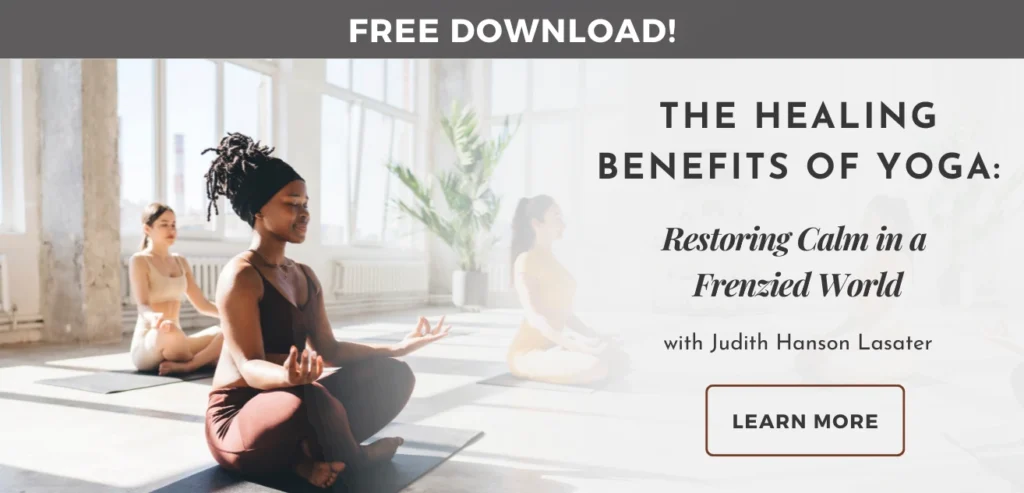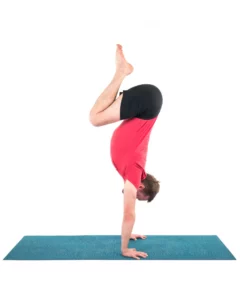Seven Strategies to Loosen Tight Hips

As far as I know, it’s entirely accidental that this collection of strategies for gaining a greater range of movement in your hips turns out to be seven in number. I didn’t plan to use the most potent magical number after three or subtly allude to the seven heavenly virtues, the seven deadly sins, the seven days of creation, or the seven days of the week. However, daily practice is one of the strategies.
Once I realized what I’d done, I naturally looked up the symbolic meaning of seven. In the end, my favorite Biblical seven is the seven priests, with seven horns, circumnavigating the city of Jericho for seven days, and on the last day, circling seven times, after which they blew a great noise on their trumpets, and the walls came tumbling down. If walls can tumble, surely hips can release.
How to Loosen Tight Hips with Yoga—7 Different Ways
So here they are, seven strategies for taking tight hips and making them more fluid:
1. Do It Daily
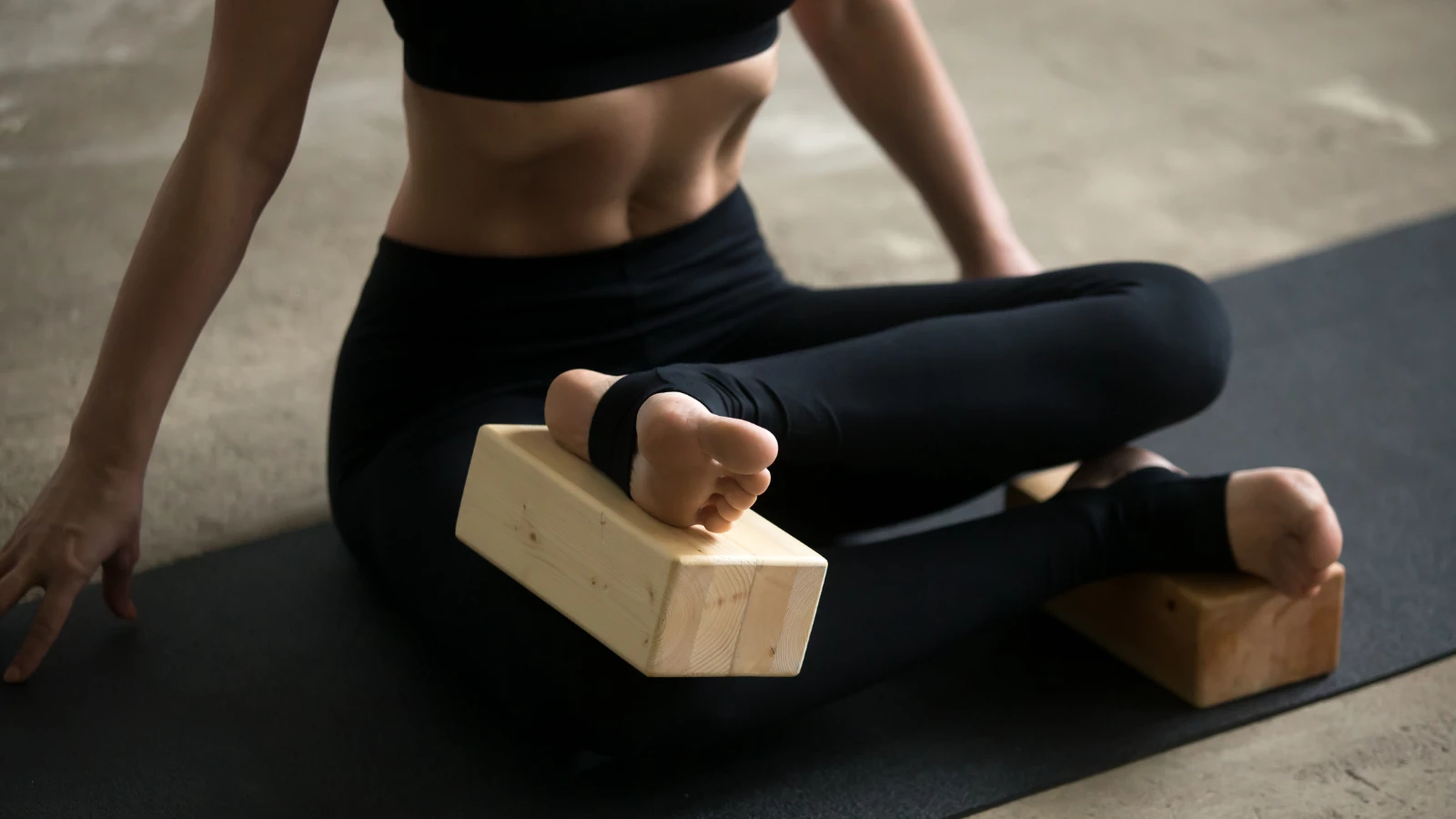
Five minutes a day is long enough to make a difference, but it does have to happen every day. Remember, if you’re not getting looser, you’re getting tighter. Look for a place in your schedule to slip in a seated hip opener, and make it a daily habit.
2. Get Out of Your Chair
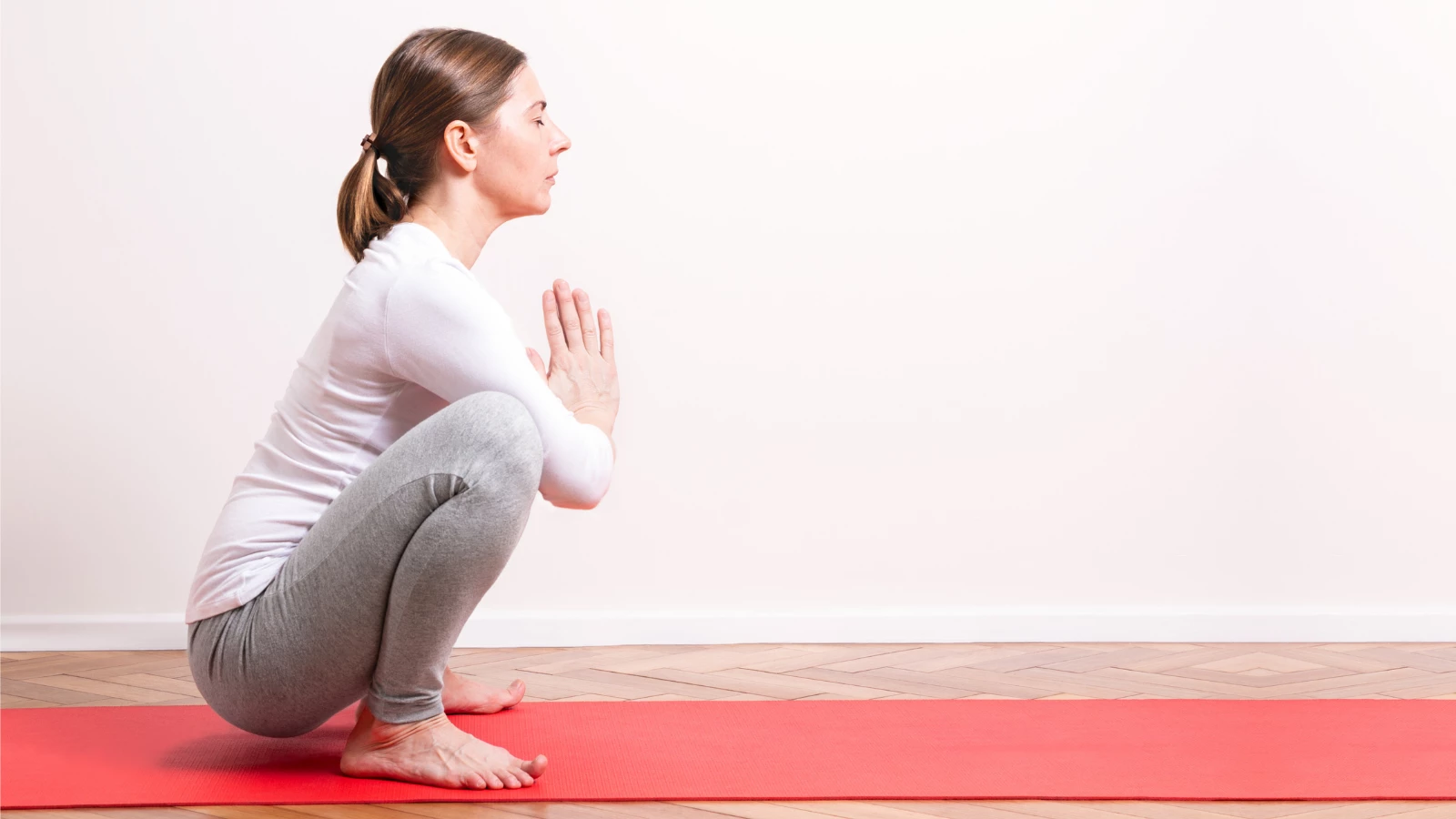
For at least some of your sedentary time, sit on the floor. Slide off the couch to watch the news. When you settle in for a long phone chat, look for a comfortable place to sit on the floor. Sit on a cushion if you like, just not on a chair. Prop your back against the wall and crouch in Yogic Squat Pose (Malasana), do any of the seated hip openers, or just sit there. Either way, you’ll be increasing the flexibility in your hips.
3. Learn What Release Feels Like
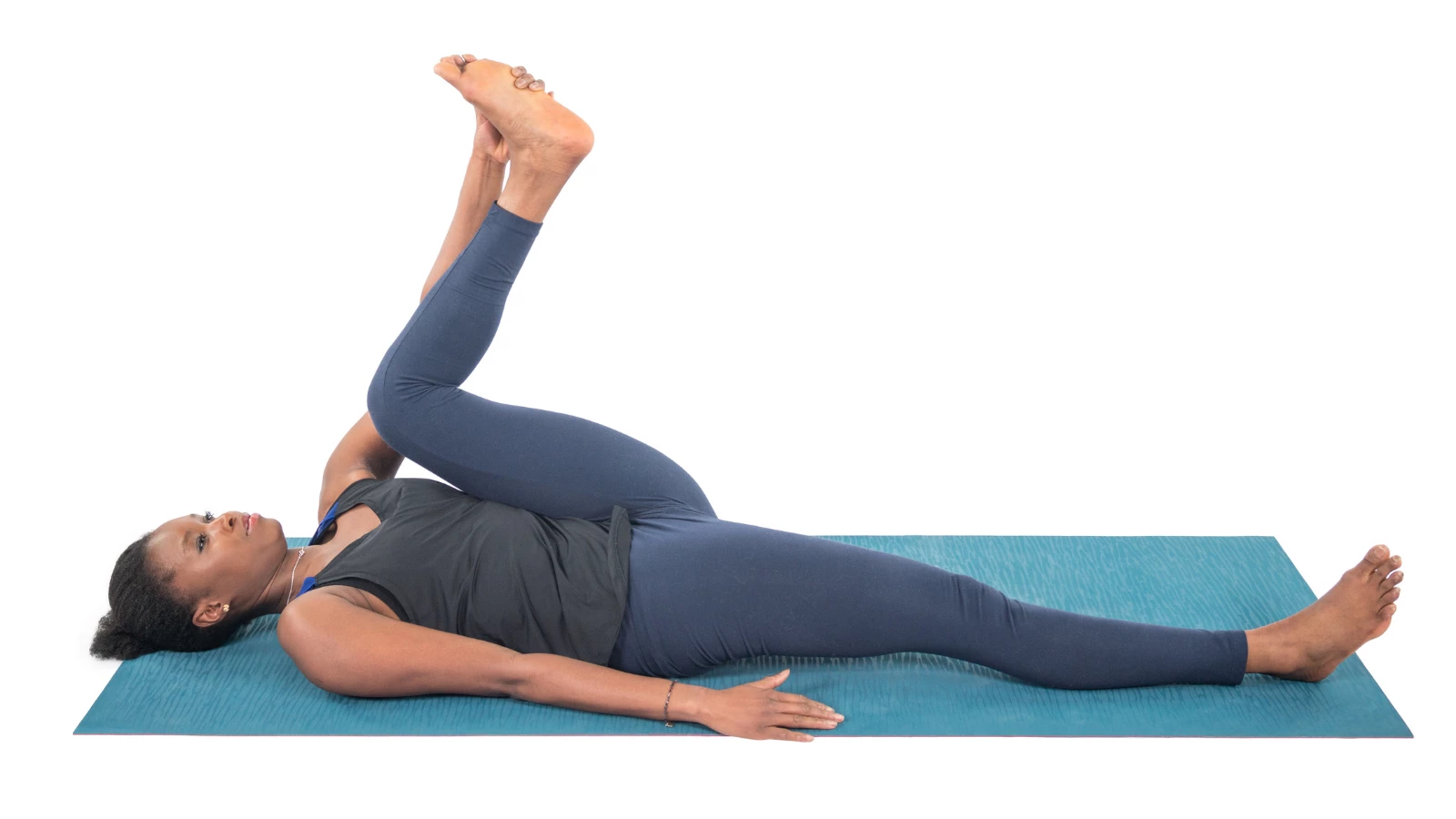
If your hips are tight, classic yoga hip openers will be excruciating long before you look like the perfect asana picture you see in books. Instead of going for the final pose, focus on finding the place where your stretch begins. Set the volume control on the sensation in your hips at “intense and yet pleasant.”
That would be your working place, defined as the spot where you feel the work, but it’s moderate enough that you can relax your face, soften your eyes, breathe normally, and contemplate willingly doing the same thing again tomorrow.
If you always shoot past resistance and into pain, all you will teach yourself is the way your muscles feel when they’re gripping.
4. Lighten Your Pelvis to Free Your Thigh Bones

(Press your hands into bricks and lift: you’ll make space in your pelvis.)
If you’d like your thigh bones to move inside your hip socket, it helps make space. Do that by lifting your upper body out of your pelvis—the opposite of slumping.
Press your hands into bricks and lift: you’ll make space in your pelvis.
For a super-charged lift, place two yoga blocks or two stacks of books the same height, one on each side of your pelvis. If you’re sitting on a lot of height, make the bricks higher.
Once you’ve found your working place, press your hands down into the bricks and lift your pelvis off the floor; the higher, the better.
While your pelvis is off the floor, relax your thigh bone (in one-sided poses) or both thigh bones (in symmetrical poses) down toward the floor. Hang out for a moment, letting your knees descend with the help of gravity. Then, keeping your thighs released, return your pelvis to the floor.
5. Stay Balanced
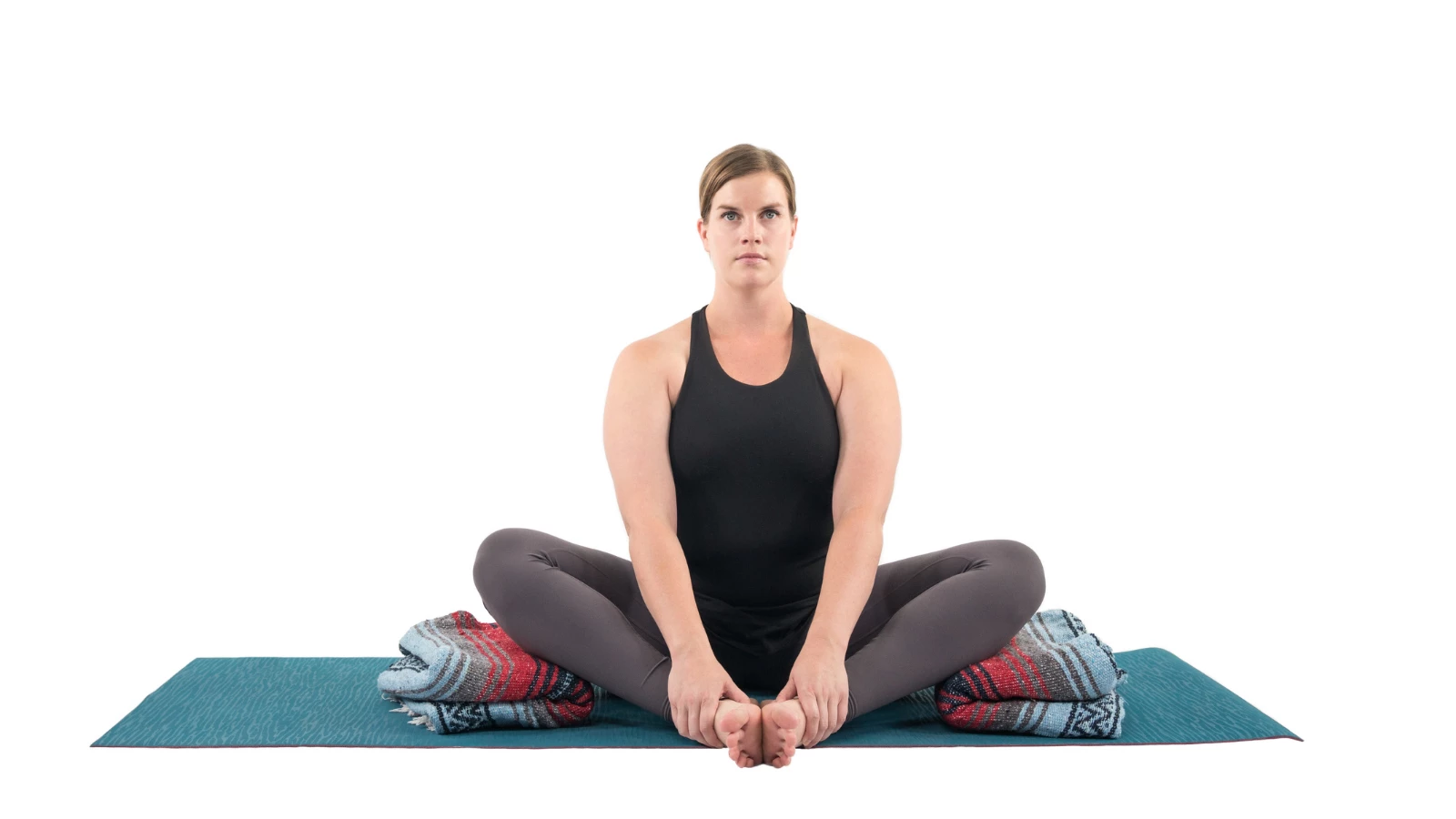
One set of hip muscles is always either looser or tighter than the ones on the other side. Know which is your tighter side. In poses such as Bound Angle Pose (Baddha Konasana), where both legs do the same thing, keep the more open side level with the less open side. In two-sided poses, such as Head-to-Knee Pose (Janu Sirsasana), start on your tighter side, work the looser side, and then do the tighter side again.
6. Use Your Breath
Once you’re settled into a long, slow hip-opening pose, and you’ve found the spot where you can work, then move your awareness into your breath. As you breathe in, visualize the inhalation expanding your hip and filling it with warmth. As you breathe out, let go of the tightness in your hip.
7. Be Friendly

Frame your journey into relaxing your hips as an exploration, not a battle. Watch what you tell yourself about your stiffness. Allow no criticism. Remember that our hip joints are not all constructed in the same way. Some of us have hips that are naturally more mobile; others have hip joints that are naturally more stable. Your “tightness” may not have anything to do with soft tissue inflexibility. It may be a matter of hip joint construction, and our bones will always have the last word when it comes to how they can move. Instead of thinking about the tightness, focus on the feeling of the hip opening, little by little, day by day. Congratulate yourself for showing up and for every millimeter of movement you gain.
Also, read...
In Celebration of Gray-Haired Yoga – Busting the Myth of the Yoga Body
Stand Firm: 6 Easy Balancing Moves for Your Daily Yoga Routine
Related courses

Eve Johnson taught Iyengar Yoga for 18 years before being introduced to Spinefulness in 2016. Convinced by the logic, clarity, and effectiveness of Spinefulness alignment, she took the teacher training course and was certified in July 2018. Eve teaches Spineful Yoga over Zoom and offers an online Spinefulness Foundations course. For course information, go to http://spinefulness.ca.



